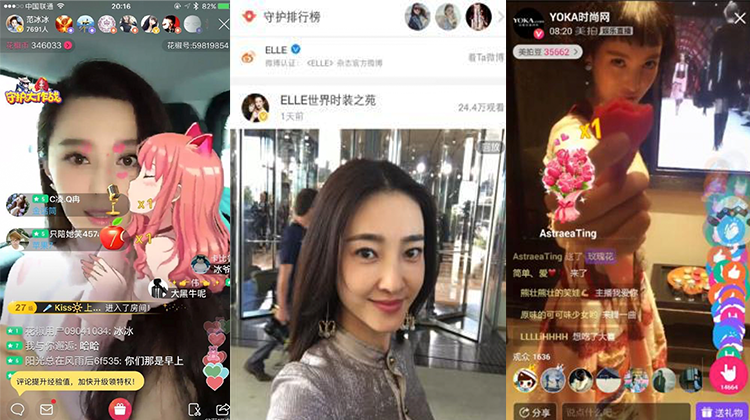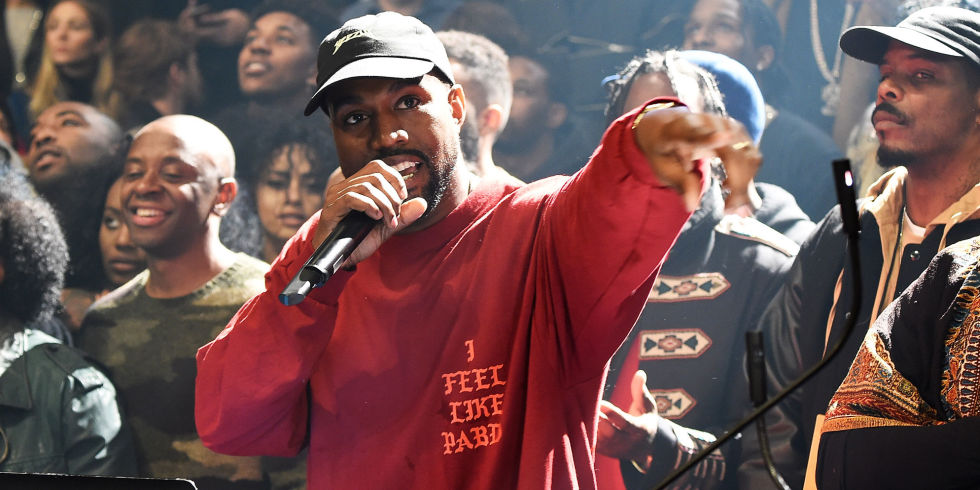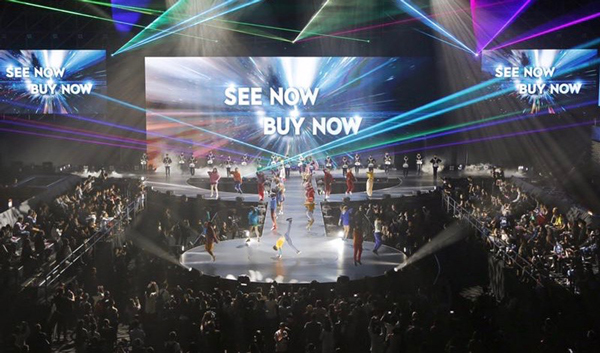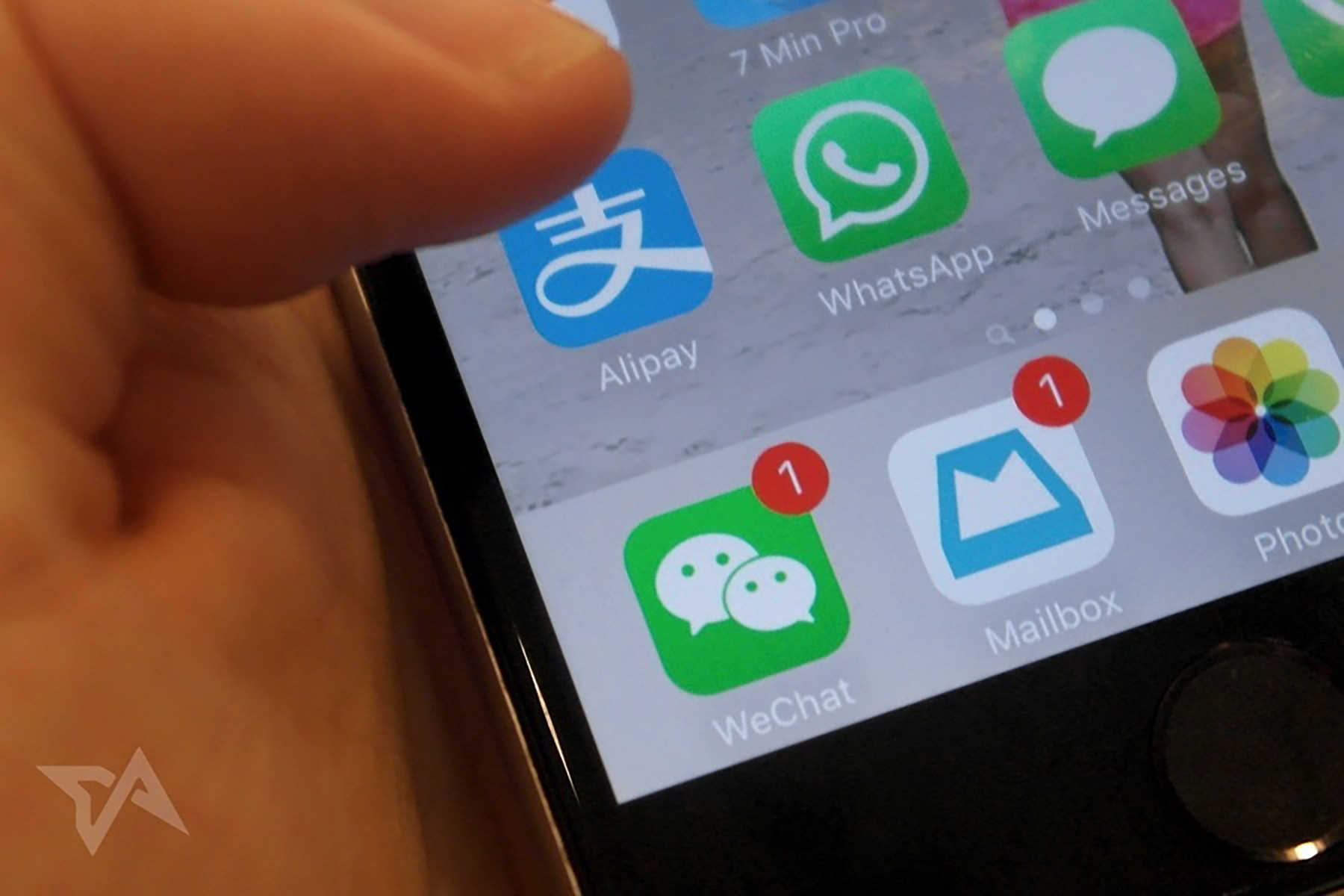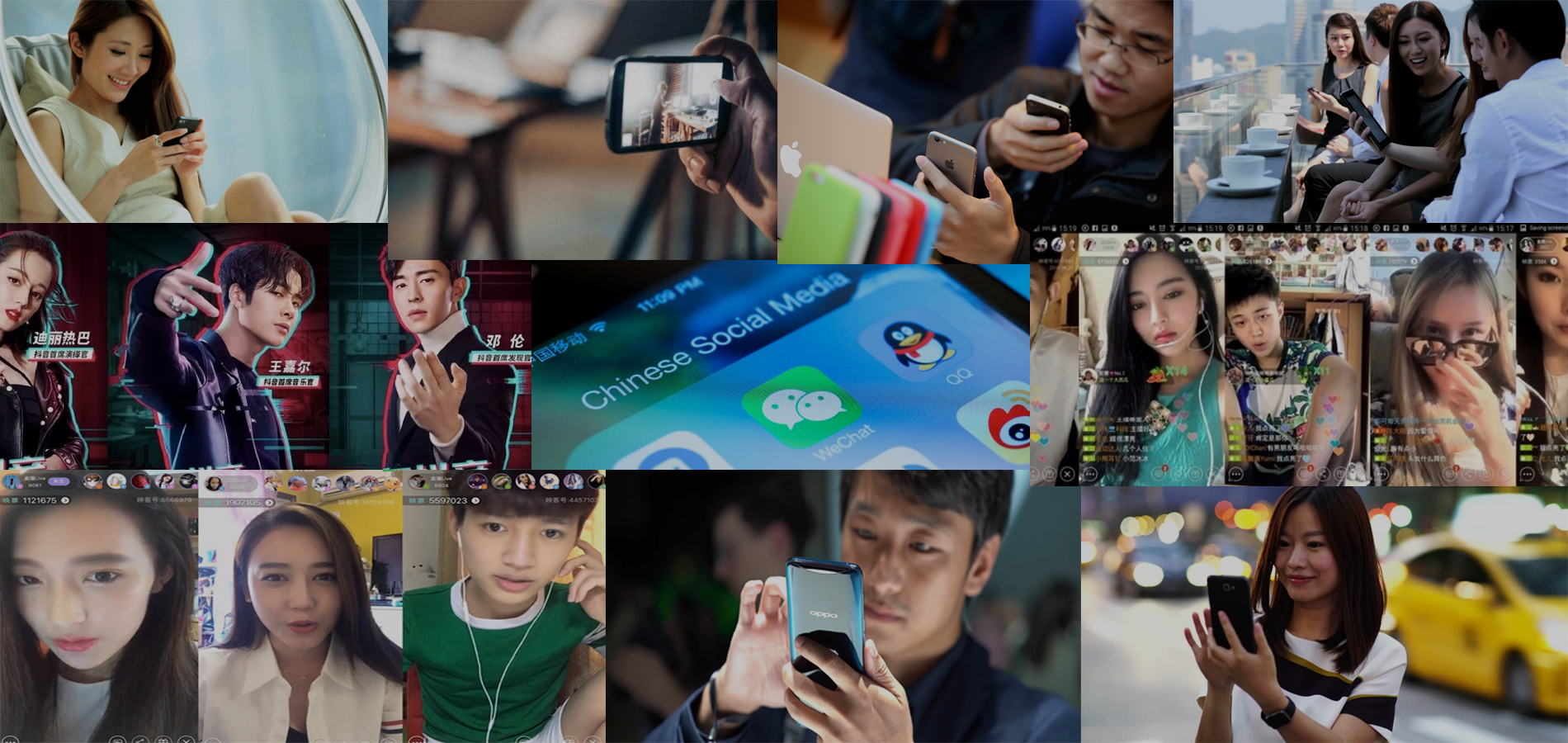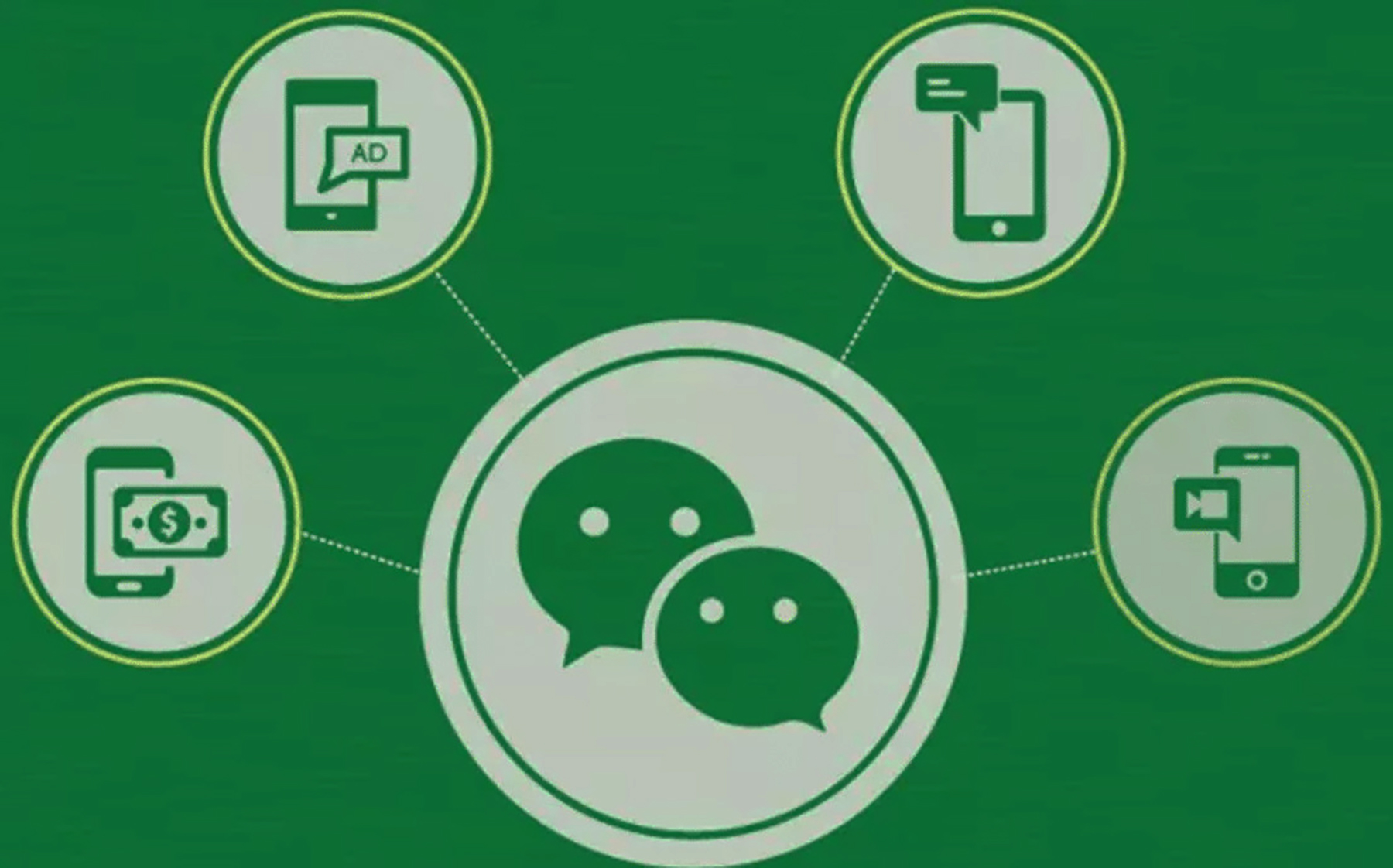1. Celebrity and Key Opinion Leaders increase engagement.
Live streaming is an effective way of engaging an audience, and can be a crucial factor in maximising efficiency in exciting your target market and keeping them interested. However through integrating celebrity faces and KOLs, your luxury brand can drive a significant effect on viewer numbers and post-event activity on any campaign.
- One example of this is of global luxury fashion and beauty department store Lane Crowford featuring leading fashion KOL Fil White (Yen Sze-po) in their live streamed in-store designer event last year. By having the influence of a KOL within the live stream, the beauty department store saw over a triple in viewings, as compared to their previous event which had no KOL influence.
- Another prime example is Maybelline’s Chinese brand ambassador Angelababy who hosted a live broadcast on video sharing platform Meipai (known as the ‘Instagram of video’), leading to lipstick sales worth over US$220,000 in total.
It’s clearly worth asking the right kind of celebrity/KOL to appear on your live streaming event. They bring their fans and followers with them, increasing exposure and opportunities for promotion. Naturally, it is important for a brand to understand the cost to benefit ratio of using a celebrity influence as the more popular ones do not come cheap, but with proper understanding, it can be a worthwhile investment that could pay off in increased engagement and potential customers.
2. Be prepared as live streaming can be exciting, but risky.
While there’s nothing like live streaming for delivering a ‘right here, right now’ experience which has the power to at least drive engagement and at most increase sales, once the cameras start rolling, it’s out of the broadcaster’s control to a degree, which some brands may find uncomfortable.
- Like live TV, the fact that anything can happen adds to the excitement of an event, while simultaneously increasing the risk that it could all go horribly wrong at any point, as Kanye West found out to his cost at the live-streamed launch of Yeezy 4.
- There’s no editing, nowhere to hide false starts or mishaps—luxury brands which like to be tightly in control of their image may find the prospect to be too much, though there is evidence to suggest that audiences are very forgiving of live mistakes as it all adds to their authenticity.
The best live events are backed by a lot of planning—when you can’t control or edit the output, it’s absolutely essential to plan to control every element you can of the event itself. That means carrying out a risk assessment on even the minutest details, from weather predictions to what else might be scheduled viewing for that day, and having a backup plan for every eventuality. It’s important to choose the right platform, too—Tmall is geared up for people who want to ‘see now, buy now’, for example, while Bilibili, with its audience of anime, manga and gaming fans, is better for more creative projects.
3. Live streaming is the one place where less is not more.
In a world where brevity is the norm when it comes to getting the message across, live streaming is one of the few formats where long content is still very welcome. According to digital video analysts Visible Measures, on-demand promotional video clips tend to lose 20 percent of viewers in the first 10 seconds. But, if the build-up has been handled properly, live-stream viewers have already invested time and effort in getting ready for the event, and are prepared to give an average of 30 minutes to an hour to the experience.
- It’s like going to a gig or performance—if it’s happening live, the audience wants to be there for it all.
- In an extreme example of audience endurance, Xiaomi showcased the battery life of its Mi Max phablet with a live stream that lasted 19 days, when the battery finally ran out. It was even touted as ‘boring’ by the company—still, 39.5 million people tuned in.
Live-streamed events work best when they’re at least half an hour long. Building up anticipation in advance brings the audience to the virtual arena—compelling long content will keep them engaged. And for those who missed out, engagement should be augmented by post-event video on demand, to cover all viewing preferences.
4. Get the audience involved with interactivity.
Live-streamed events can be engaging enough in their own right, particularly if they’re linked to an exclusive launch or catwalk show. But smaller, more brand-based events can become significantly more interesting to the audience if they are able to interact with what’s happening in real time.
- From showing viewers’ live tweets to more creative projects, such as Adidas’ ZX Flux live stream where a graffiti artist changed his patterns and designs based on viewer requests, involving the audience is a powerful way to keep their attention.
- Delivering live content was also a key element in 2016’s Singles’ Day extravaganza with brands including Burberry, La Perla and Paul Smith taking part in Tmall’s eight-hour live-streamed fashion show featuring 200 top models and celebrities, generating 32% additional revenue from just a single live stream platform alone.
Sometimes it takes more than just showcasing a product. Live streaming is an ideal medium for innovation and creativity when it comes to audience involvement—at the very least, viewers should be able to ‘see now, buy now’ as mentioned above.
5. Rules and regulations
While there is audience and appetite for live streaming in Asia, inevitably there will be restrictions on what can and can’t be broadcast. China in particular has seen the introduction of a series of regulations since November of last year, which are designed to control output and monitor activity.
- The State Press and Publication Administration has stipulated that hosts of live-streaming talent shows will need a license, and all live-streaming hosts will have to register details of their identity cards or business licenses.
- Platforms carrying out interactive sessions will also have to employ censors to manage their live comment sections and ‘bullet screens’, which allow viewers to see others’ comments as they are posted.
Putting together a fully-realized, engaging and interactive live streamed event will have no effect if it never makes it to the screen. It’s essential to account for all the legalities in the initial planning stage to avoid regulatory hurdles further down the line, when it could be harder and more costly to put right.
If you enjoyed reading this and would like to read more Marketing related content, feel free to take a look at our Chinese Marketing Case Studies Library!




